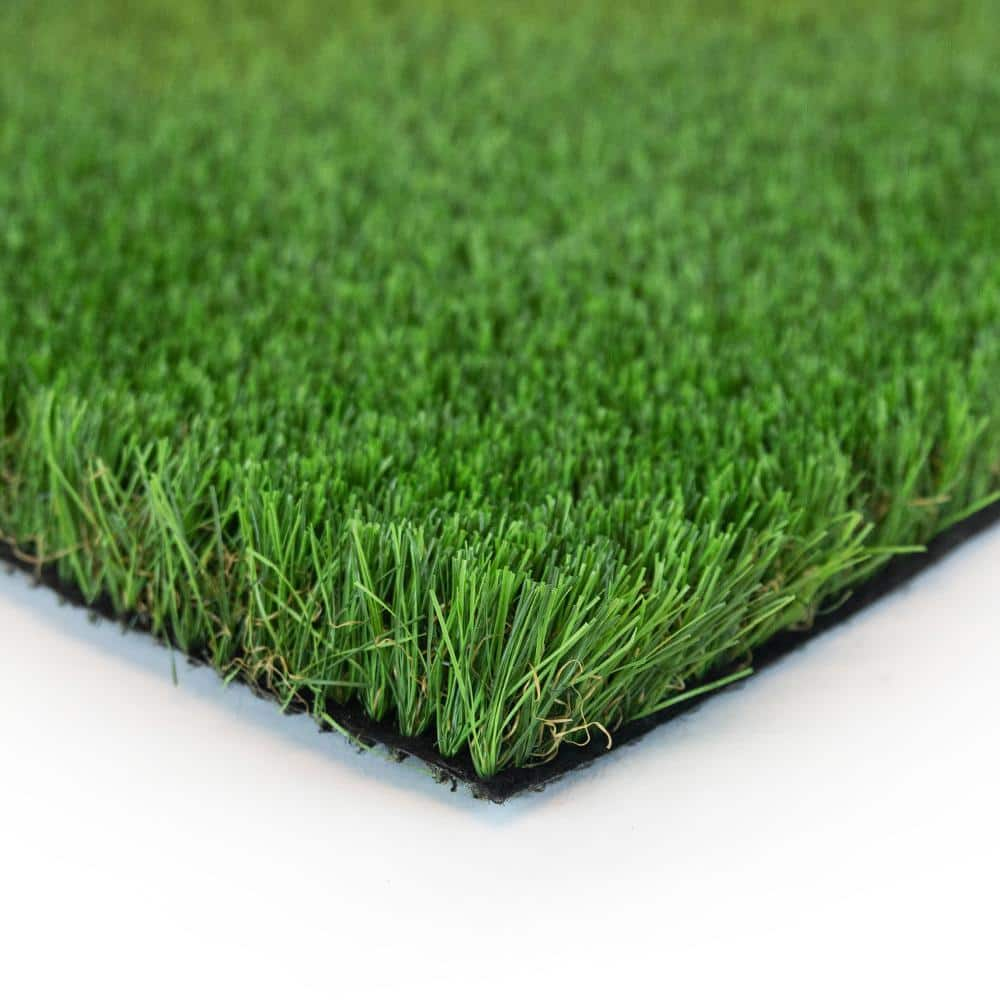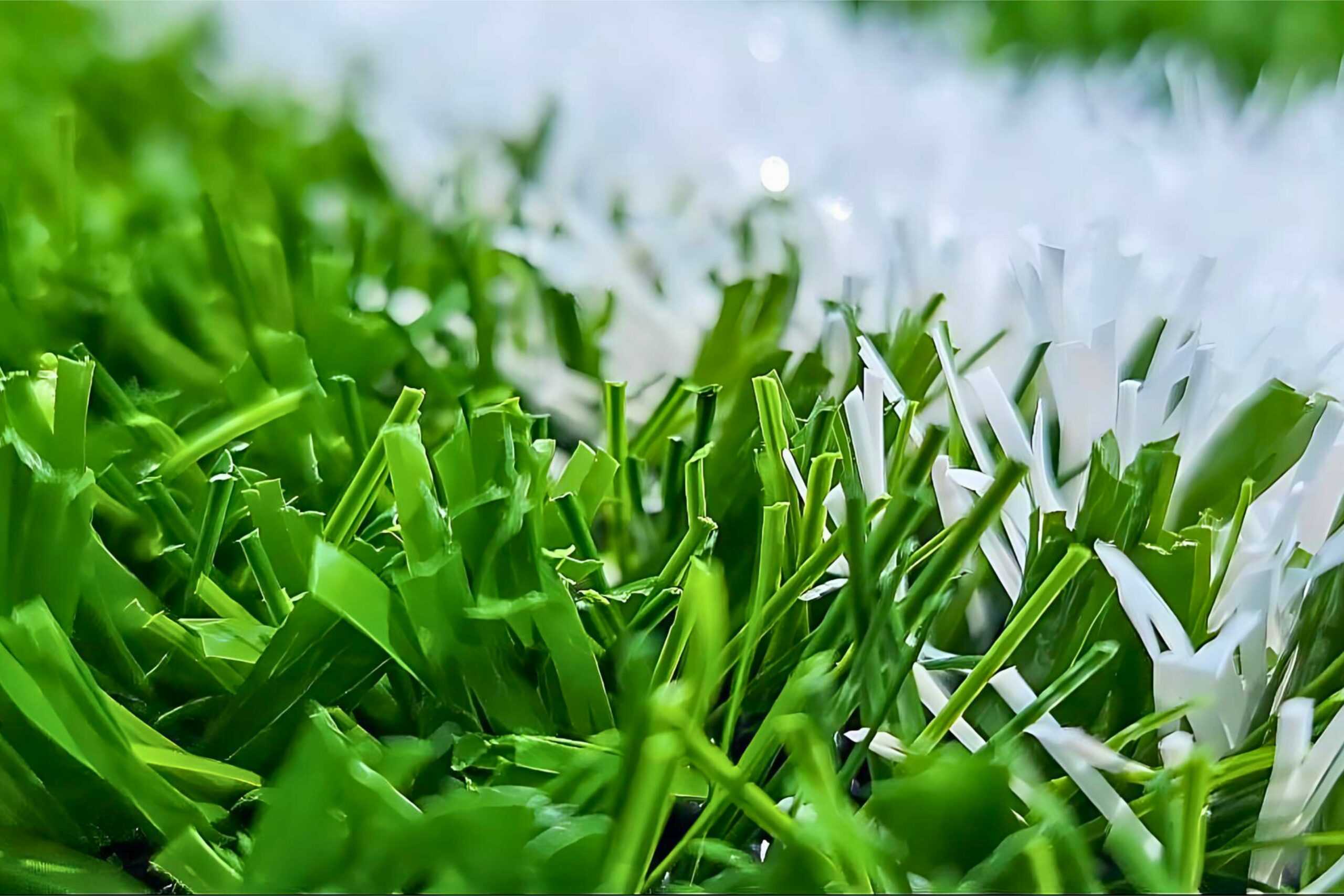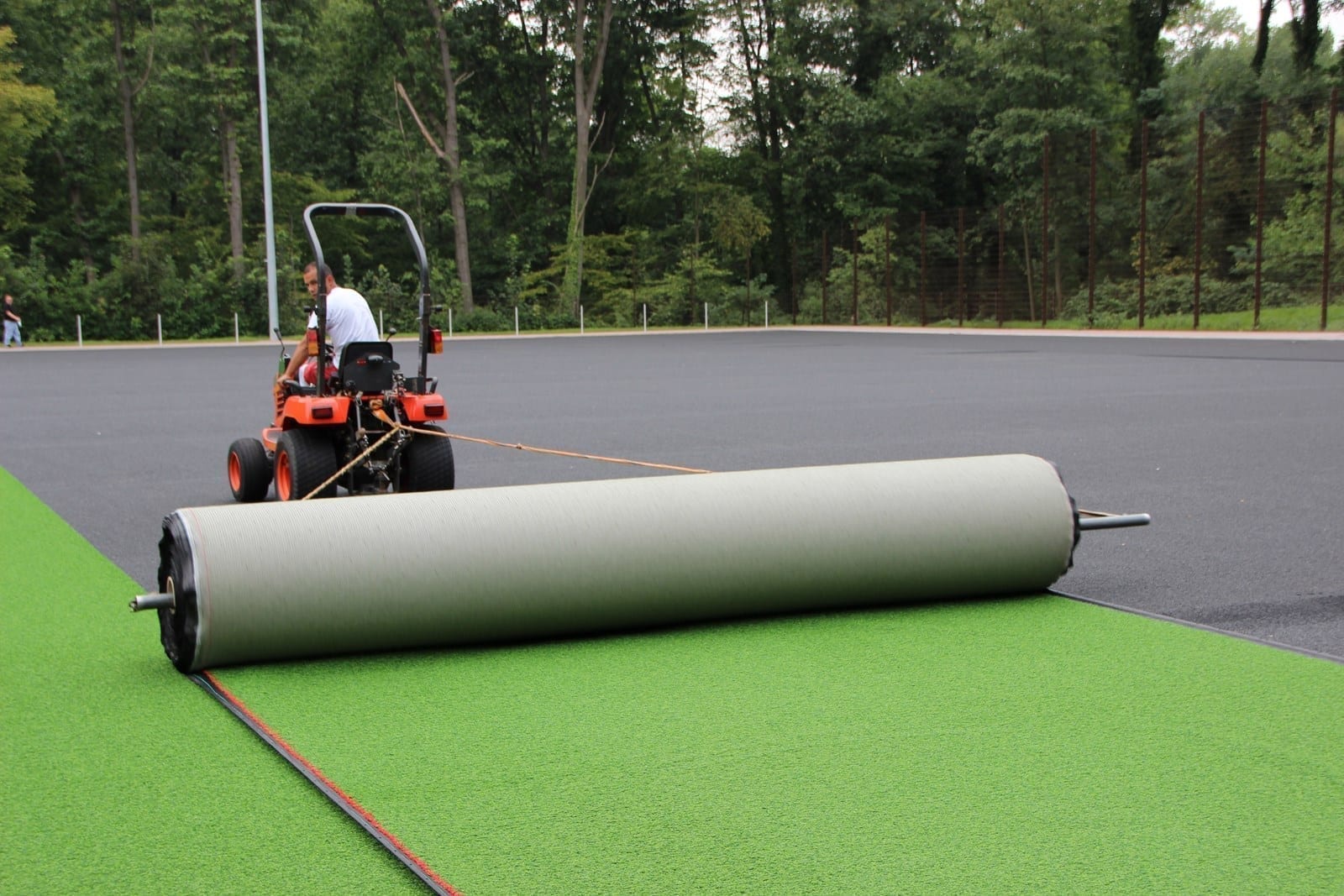Tailored Turf Installation Phoenix AZ for Homes, Businesses, and Play Areas
Tailored Turf Installation Phoenix AZ for Homes, Businesses, and Play Areas
Blog Article
Look Into the Environmental Benefits of Opting for Artificial Turf Solutions
The adoption of fabricated turf options provides a compelling chance to address pressing environmental challenges. By considerably decreasing water use and minimizing the application of hazardous chemicals, these alternatives not just advertise sustainable landscape design but likewise shield local environments.
Water Preservation Advantages
One of one of the most substantial benefits of artificial turf is its capability to preserve water. Typical grass lawns require substantial irrigation, particularly in areas susceptible to dry spell or water constraints. On the other hand, synthetic grass does not require watering, considerably minimizing the general need for water resources. This function is specifically beneficial in deserts where water shortage is a pushing concern.
By removing the requirement for normal watering, synthetic lawn contributes to lasting landscape practices and assists minimize the environmental impact of excessive water intake. Additionally, the conservation of water includes the decrease of drainage, which can lead to dirt disintegration and river pollution.
Furthermore, the installment of artificial turf enables homeowners and towns to designate water sources extra efficiently, concentrating on important uses such as drinking water and agriculture. The shift towards synthetic grass not just advertises liable water use yet additionally aligns with more comprehensive ecological objectives targeted at maintaining all-natural sources.
As neighborhoods progressively prioritize sustainability, the water conservation benefits of artificial lawn offer an engaging instance for its fostering in industrial and domestic landscaping tasks.
Lowered Chemical Usage
The change to fabricated grass substantially reduces the reliance on chemical therapies frequently used in natural yard upkeep. Typical grass administration typically involves the application of herbicides, plant foods, and chemicals to advertise growth and control bugs. These chemicals can posture risks to human health, local wild animals, and the atmosphere, adding to dirt and water contamination.
On the other hand, synthetic grass eliminates the demand for these dangerous compounds. Once set up, it requires marginal upkeep, largely including routine cleansing and irregular infill replenishment. This decrease in chemical use not just profits the prompt atmosphere however additionally adds to wider eco-friendly security. By lessening the release of synthetic compounds right into the ecosystem, synthetic grass promotes healthier dirt and water supply.
In addition, the absence of chemical overflow connected with man-made grass installments assists secure regional waterways from air pollution, sustaining aquatic life and preserving biodiversity. Arizona artificial turf. As communities increasingly focus on sustainable practices, opting for synthetic grass presents a viable service that lines up with ecological preservation goals. Through this change, residential property proprietors can delight in lavish eco-friendly rooms without jeopardizing environmental health and wellness, leading the way for a much more lasting future
Lower Carbon Footprint

Furthermore, the setup of artificial lawn can lead to significant water preservation. All-natural lawns require significant quantities of water for watering, which not only includes to the carbon footprint related to water extraction and treatment however additionally strains neighborhood water sources. In comparison, synthetic turf try here needs marginal upkeep, needing no watering, thus substantially decreasing water use and its connected power expenses.
Additionally, the long life of synthetic grass adds to its lower carbon influence. With a lifespan of approximately 15 years or more, the need for regular replacements is lessened, resulting in less waste and reduced power intake in production and throwing away standard grass choices. In general, artificial lawn presents a lasting alternative for ecologically aware landscape design.
Environment Preservation
Environment conservation is an important factor to consider in the argument over landscape design options, particularly when comparing fabricated lawn to all-natural yard. All-natural yard yards typically need considerable maintenance, consisting of the use of plant foods, herbicides, and chemicals, which can adversely affect regional ecosystems. These chemicals can seep right into the soil and rivers, damaging native plants and fauna and disrupting local environments.
On the other hand, synthetic grass provides a possibility to lower the environmental impact of landscape design. By selecting artificial turf, home owners can minimize the disturbance of all-natural habitats related to typical lawn care techniques. Artificial grass removes the requirement for harmful chemicals, consequently securing neighboring wildlife and keeping the honesty of bordering ecosystems. The setup of synthetic lawn can lead to the conversion of previous grass locations into more biodiverse landscapes, such as pollinator yards or native plant areas, which can sustain local wildlife.
Eventually, the transition to fabricated lawn not just saves water and reduces upkeep initiatives but likewise fosters a more unified relationship in between human activities and the native environment, advertising habitat preservation while doing so.
Long-Term Sustainability
Long-term sustainability is a vital consider evaluating the advantages of fabricated lawn over conventional lawn yards. Among the most considerable advantages of synthetic turf is its longevity; it can last approximately 15-20 years with marginal upkeep, whereas natural grass needs constant reseeding and substitute. This long life decreases the requirement for consistent sources, such as water, plant foods, and pesticides, which are essential browse around this site for keeping a healthy and balanced yard lawn.
Furthermore, synthetic lawn adds to a decrease in carbon emissions connected with grass care tools. Traditional grass frequently call for gas-powered lawn mowers, leaners, and blowers, all of which contribute to air pollution. Turf installation phoenix az. On the other hand, synthetic lawn gets rid of the requirement for such tools, advertising a cleaner environment
Additionally, the production of fabricated turf significantly uses recycled products, enhancing its sustainability account. As manufacturers adopt eco-friendly practices, the environmental footprint of synthetic grass remains to diminish.

Verdict
The fostering of synthetic grass services presents considerable ecological advantages, consisting of substantial water preservation, minimized dependence on dangerous chemicals, and a lower carbon footprint. Man-made grass aids in protecting all-natural check it out environments by lessening land disturbance and promoting lasting sustainability through the usage of resilient materials. Collectively, these elements emphasize the capacity of synthetic grass to contribute favorably to environmental health and wellness and offer a feasible alternative to conventional landscape design methods in an increasingly resource-conscious globe.
In contrast, man-made grass does not require watering, considerably minimizing the total demand for water sources. By reducing the release of synthetic substances right into the ecological community, fabricated turf promotes healthier soil and water systems.
In addition, the setup of artificial grass can result in substantial water conservation. In comparison, man-made lawn requires marginal maintenance, needing no watering, thus considerably decreasing water usage and its associated power costs.

Report this page